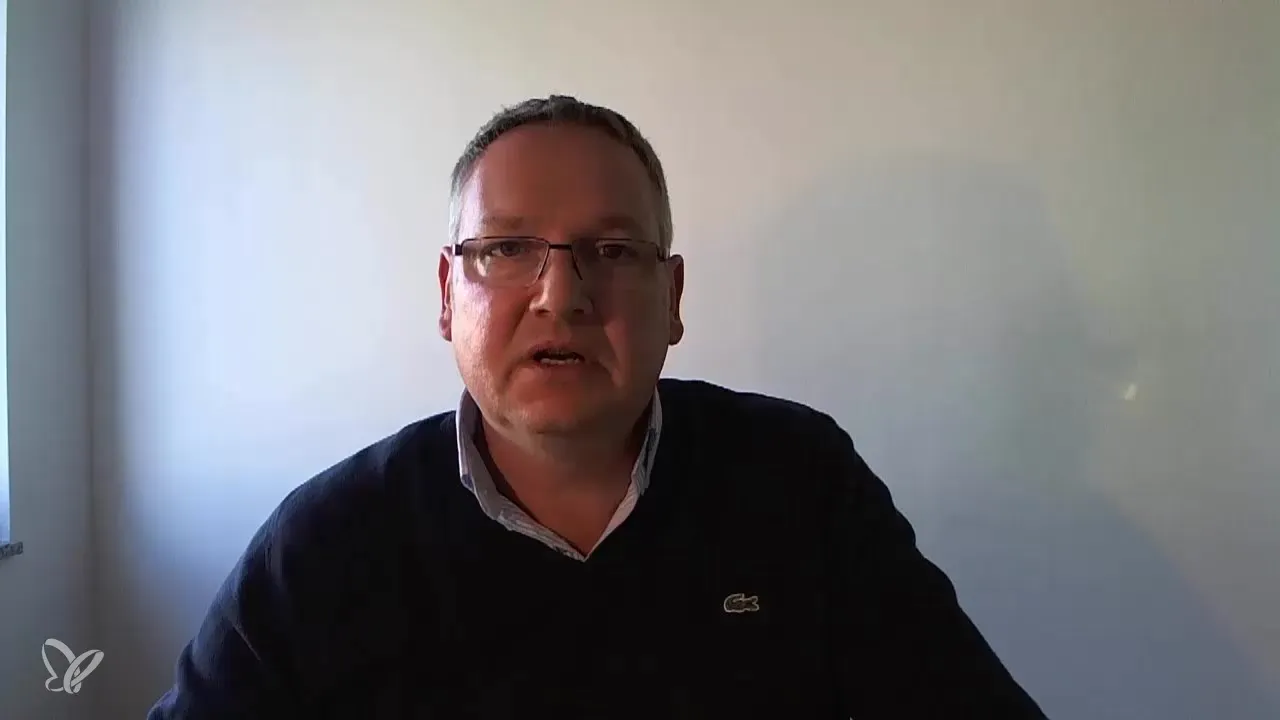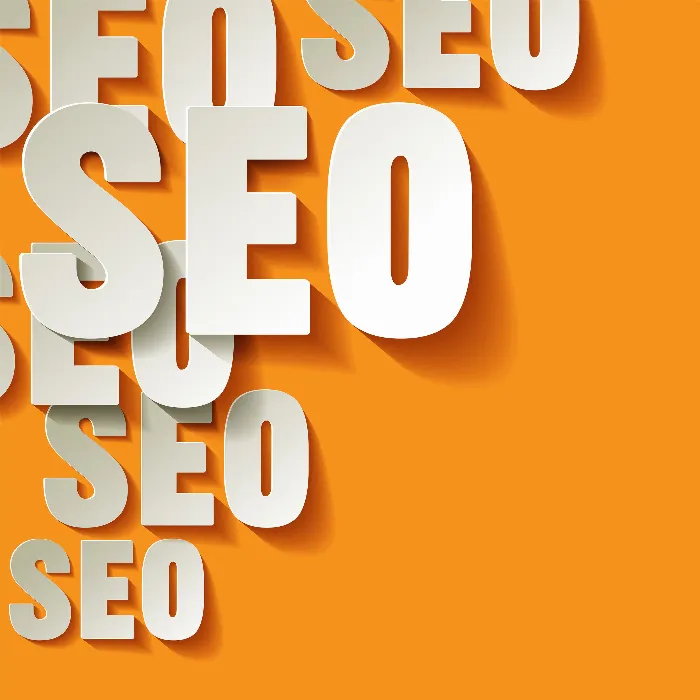Your website is like a party: You invite people, and it's important that they feel comfortable and want to stay. However, if they just stop by briefly and leave quickly, it can have devastating consequences for you and your visibility in search engines. A high bounce rate, meaning visitors leave your page after just a few seconds, is a signal to search engines like Google that something is wrong. User satisfaction is therefore a central element of search engine optimization (SEO).
This guide shows you how to design your website so that visitors stay longer by putting their needs and desires in focus.
Key insights
- The duration of users' stay on your website influences your ranking in search engines.
- Content should be engaging and helpful to spark visitors' interest.
- While technical factors play a role, the user is at the center of the strategy.
Step-by-step guide
Improve user-friendliness
A central aspect you need to consider is the user-friendliness of your website. Make sure that the structure is intuitive and that visitors can quickly find the information they are looking for. If you feel that someone is having trouble navigating your website, the first step is to rethink the layout.
Use clear headings and logical navigation to enable access. Information should be clearly presented so that users can immediately see where to click.
Make content engaging
Long texts can quickly seem daunting. Therefore, you should ensure that the content is not only informative but also engaging. Offer compelling texts, videos, or images that reinforce your message.

Additionally, it is helpful to include videos that address your topics. However, these should be kept short, ideally under two minutes, so that viewers do not lose interest.
Incorporate interactive elements
One way to improve user engagement is to include interactive elements. These can be polls, quizzes, or other tools that actively involve visitors. Through these interactions, you remain in their memory and motivate users to spend more time on your site.
Remember that every visitor is a potential buyer. By piquing their curiosity, you increase the chance that they will not only stay but also convert.
Create incentives for duration of stay
Provide visitors with incentives to stay on your website. A brief, concise catalog of your services or products, that is easy to navigate, can increase the duration of stay.
Additionally, you can point to relevant supplementary content that is accessible via links or call-to-action buttons. Such methods keep users on your site longer and contribute to customer satisfaction.
Feedback and monitoring
It is important to regularly observe user behavior and gather feedback. Analyze which content is well received and which is less relevant for your visitors. This helps you continuously improve your strategy.
Use tools like Google Analytics to measure the duration of stay and bounce rate. This data gives you valuable insights into possible improvements.
Summary – Optimizing user engagement: Clickback strategies for your website
The design of your website should always be tailored to the needs of users. An engaging, effective and user-friendly page ensures that visitors stay longer and are satisfied. Make sure to offer relevant content that is not only informative but also entertaining to promote user engagement.
Frequently asked questions
What is clickback?Clickback refers to the behavior of users who return to the search engine from your website after a short period.
How does duration of stay affect my SEO ranking?A longer duration of stay signals to search engines that your content is relevant and useful, which positively impacts ranking.
What are good methods for user engagement?Good methods for user engagement include engaging content, interactive elements, videos, and appealing design.
How can I gather feedback from users?Feedback can be obtained through surveys, comments, or direct user behavior in analysis tools.


